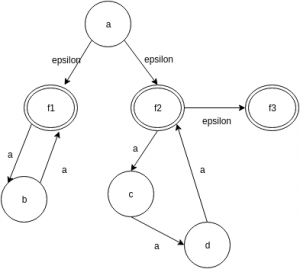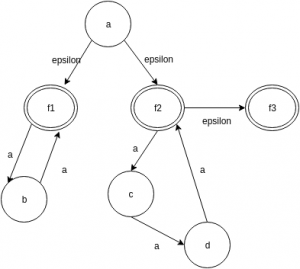Welcome to the Finite Automata MCQs Page
Dive deep into the fascinating world of Finite Automata with our comprehensive set of Multiple-Choice Questions (MCQs). This page is dedicated to exploring the fundamental concepts and intricacies of Finite Automata, a crucial aspect of Formal Languages and Automata Theory. In this section, you will encounter a diverse range of MCQs that cover various aspects of Finite Automata, from the basic principles to advanced topics. Each question is thoughtfully crafted to challenge your knowledge and deepen your understanding of this critical subcategory within Formal Languages and Automata Theory.
Check out the MCQs below to embark on an enriching journey through Finite Automata. Test your knowledge, expand your horizons, and solidify your grasp on this vital area of Formal Languages and Automata Theory.
Note: Each MCQ comes with multiple answer choices. Select the most appropriate option and test your understanding of Finite Automata. You can click on an option to test your knowledge before viewing the solution for a MCQ. Happy learning!
Finite Automata MCQs | Page 5 of 23
Explore more Topics under Formal Languages and Automata Theory






Suggested Topics
Are you eager to expand your knowledge beyond Formal Languages and Automata Theory? We've curated a selection of related categories that you might find intriguing.
Click on the categories below to discover a wealth of MCQs and enrich your understanding of Computer Science. Happy exploring!









